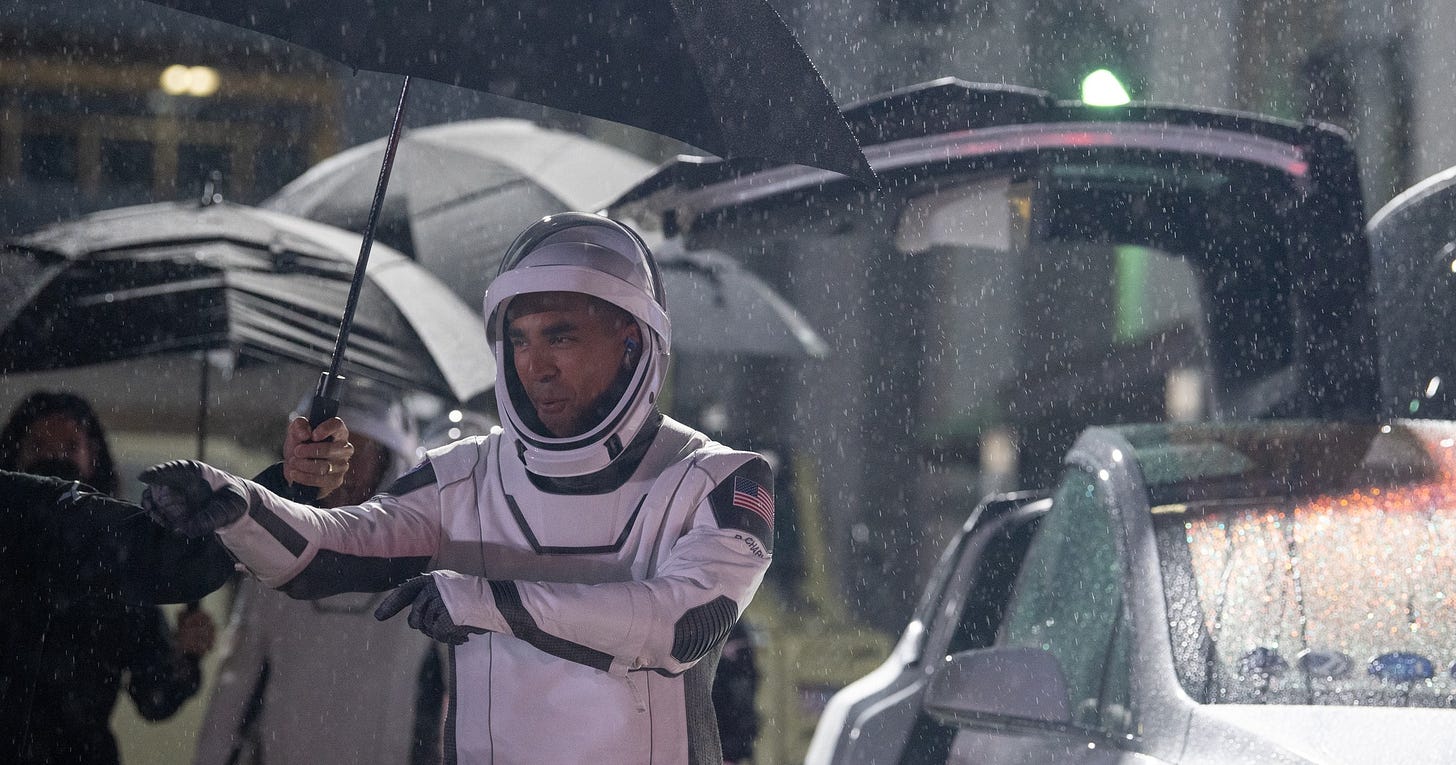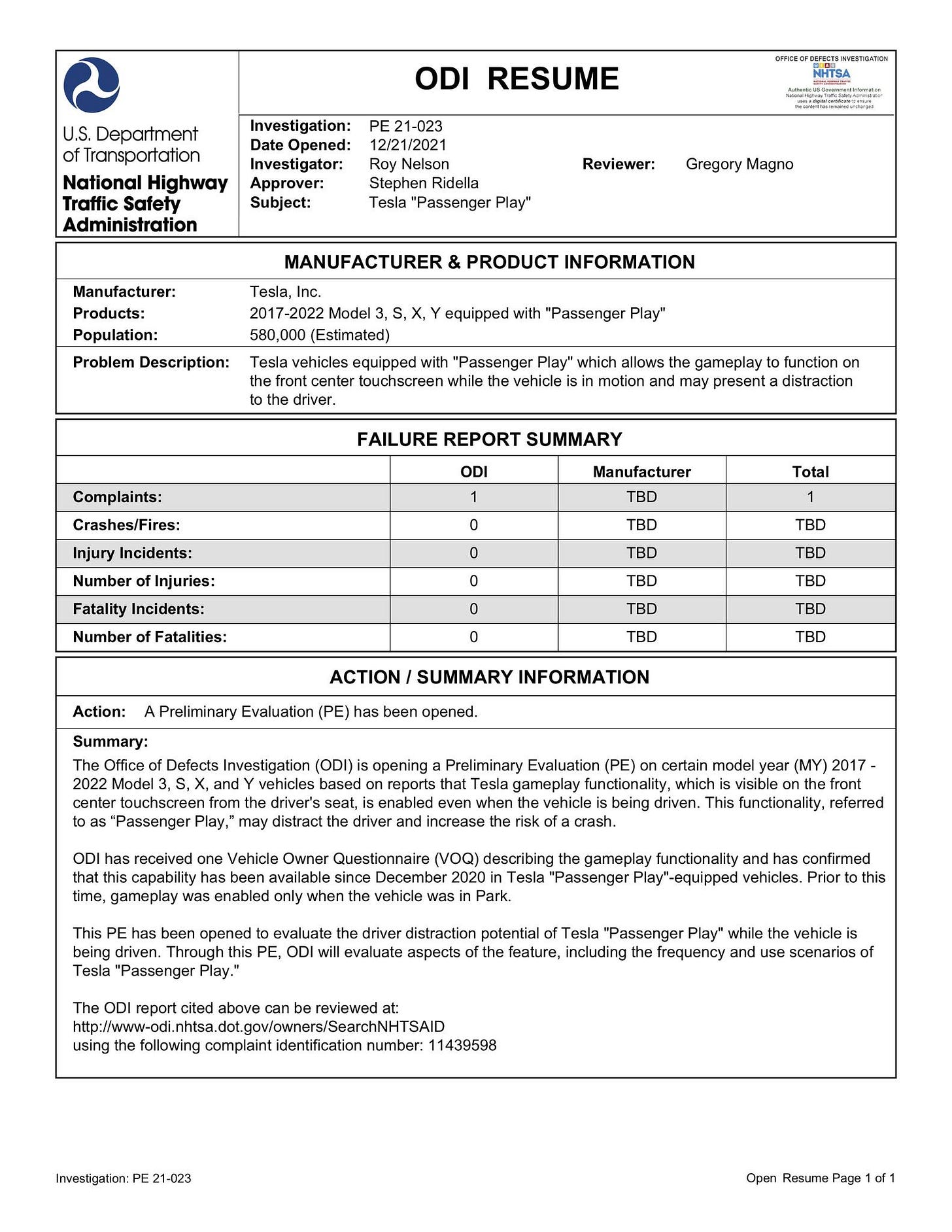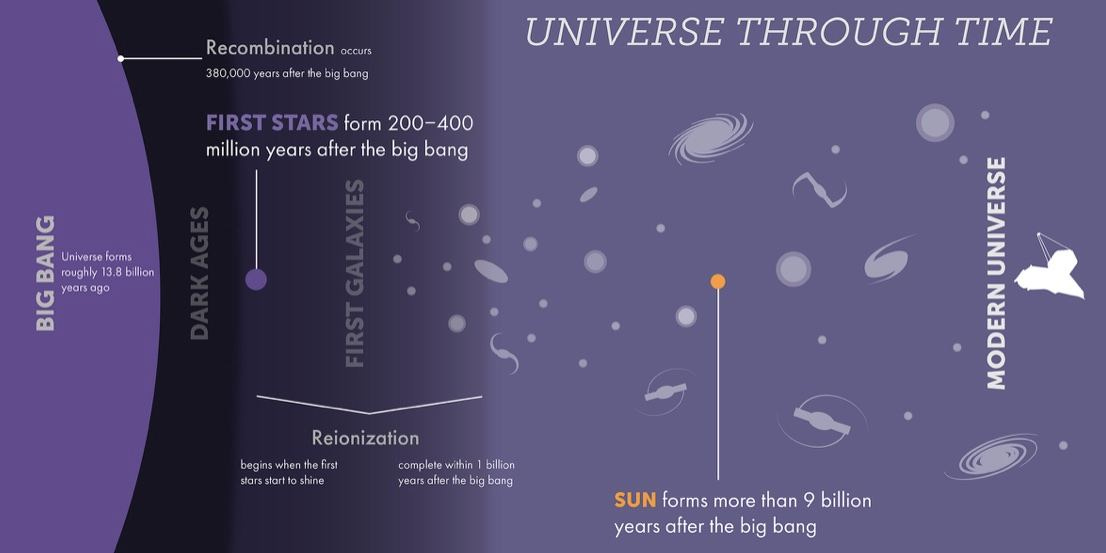What a year- EVs and Space Travel leap forward
A look at some of the popular 2021 Full Throttle stories

Please take a moment to subscribe. Full Throttle will be sent to your email inbox twice a week. It's free and you don't need a facebook account.
You have undoubtedly been inundated with year-enders. They are a look back at the big stories of the past year. I’ve done plenty during my career. I like them. If journalism is the first-draft of history, writing a bit removed from that first-draft moves us closer to what is true. So, here are some stories from 2021, with an end of the year update.
CIVILIANS- CAPTAIN KIRK TO SPACE
One can’t say the space company Blue Origin doesn’t know how to promote its product. First, the guy who owns the company, Amazon founder Jeff Bezos, took the ride to the edge of space and back down, all within about 11 minutes. As a follow-up, Bezos, a Star Trek fan, signed up William Shatner, who played Captain Kirk, for the second ride. That worked out. Shatner was profoundly touched by the flight, as he told Bezos once he exited the capsule.
Actor William Shatner promotes Amazon Prime Video documentary on his flight.(Credit: Amazon)
Since then, Shatner’s trip has been turned into a documentary by, you guessed it, Amazon Prime Video. Let’s keep it in the family. While Shatner had what he called a life-changing experience during his flight, he is now back on earth experiencing day-to-day events. That includes a fender-bender, according to the Daily Mail. Beam me up, Scotty.
TESLA IS WRITTEN UP AGAIN
Elon Musk likes to push the envelope in all his endeavors, including his electric vehicle (EV) company Tesla. That maverick swagger has produced pushback from Tesla’s regulators and safety investigators. There are investigations into battery fires and self-driving accidents. The latest write-up came just before Christmas. The National Highway Transportation Safety Administration (NHTSA) launched a probe into a Tesla feature that allows some drivers who have engaged the self-driving software to play video games on the vehicle’s main control screen.

(Credit: NHTSA)
According to the Wall Street Journal, Tesla disabled the feature after the filing, but the company did not comment. There was plenty of debate this year about autonomy and how far along the carmakers are in creating a safe self-driving vehicle. Even Tesla sends conflicting messages. The CEO says one thing, and the company’s website contradicts his statements.

(Credit: Tesla)
THE SLOW SUPPLY CHAIN
This pandemic year proved the fragility of the global supply chain. Automakers may have created their own problem which may not be solved until late 2022 or late 2023, according to some analysts. It’s been a double whammy of sorts. The automakers canceled orders in early 2020, just as they were adding more and more chips into next generation vehicles. This shortage has meant it’s not only hard to buy a new car, but used cars as well.
THE FINAL FRONTIER
It has been a remarkable year for space launches. A year after resuming launches of humans from US soil, private space companies and NASA were very busy. In 2022 SpaceX plans to orbit its Starship and Blue Origin is hoping to get to orbit with New Glenn. Boeing expects to get its Starliner back in space. That program suffered another setback last year.

Launch of Crew-3 mission on a SpaceX Falcon-9 on Nov. 10, 2021. (Credit: NASA)
Meanwhile, a spacecraft is on its way as the first “planet defender” effort by NASA to try and nudge an asteroid’s movement. The idea is that this technology could be used if a celestial body is actually threatening Earth. The DART spacecraft, on January 1, 2021, will have traveled nearly 5-1/2 million miles toward its meet up and impact with a Didymos. Impact day should be in late September.
(Credit: Johns Hopkins Univ. APL)
The end of the year also brought the launch of the long-delayed, budget busting $10 billion James Webb Space Telescope. The launch appeared to be exactly what officials were hoping for. But the telescope has 344 critical unfolding actions to undertake. One failure could doom the mission. The head of science for NASA told me that 80% of risk in missions is usually during the launch phase. But, because the Webb spacecraft is so complex, this launch was only 20-30% of the risk for Webb. That means 70-80% of the risk is involved in other tasks including the unfolding of the delicate telescope that could help tell us where we came from. NASA has made it easy to follow Webb if you are interested.

(Credit: webbtelescope.org)
My subtitle for this newsletter is “Transportation Transformation.” I believe we are in a decade of major shifts in how we move around the planet and space. We move into another year expecting more dramatic changes. Strap in.
(Cover Photo Credit: NASA Astronaut Raja Chari (AKA-Ted Lasso) prepares to get into a Tesla for a ride to launchpad for Crew-3 mission.)




